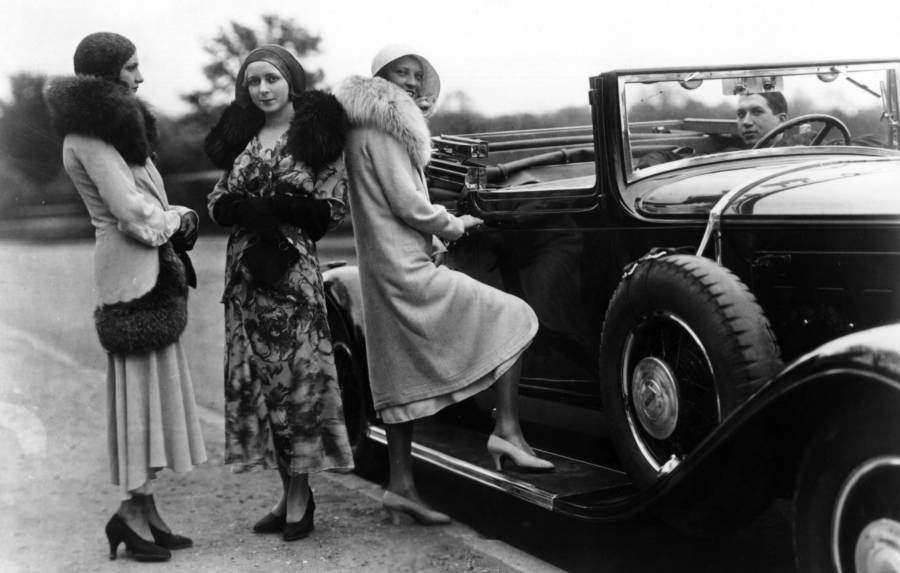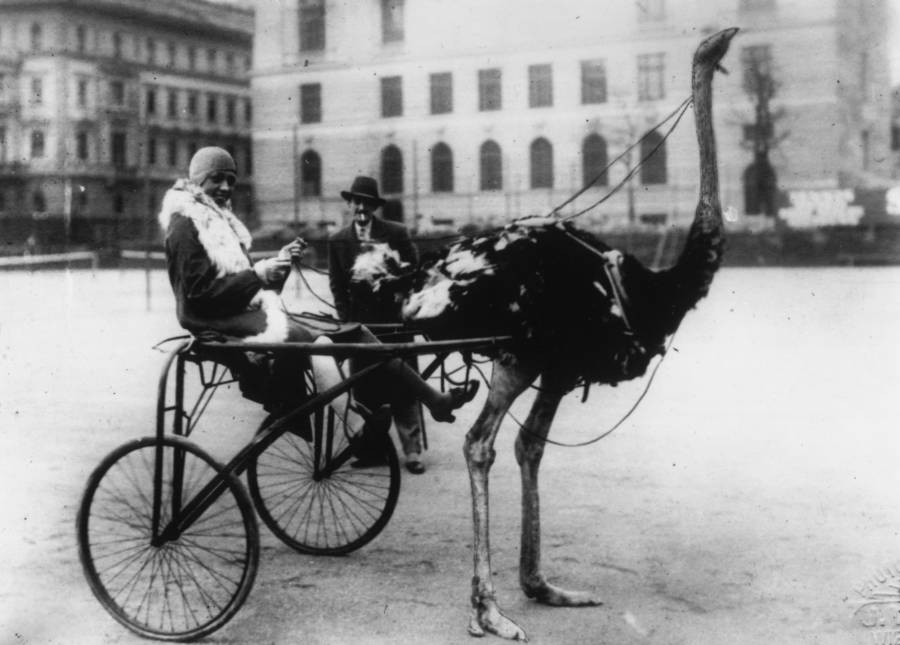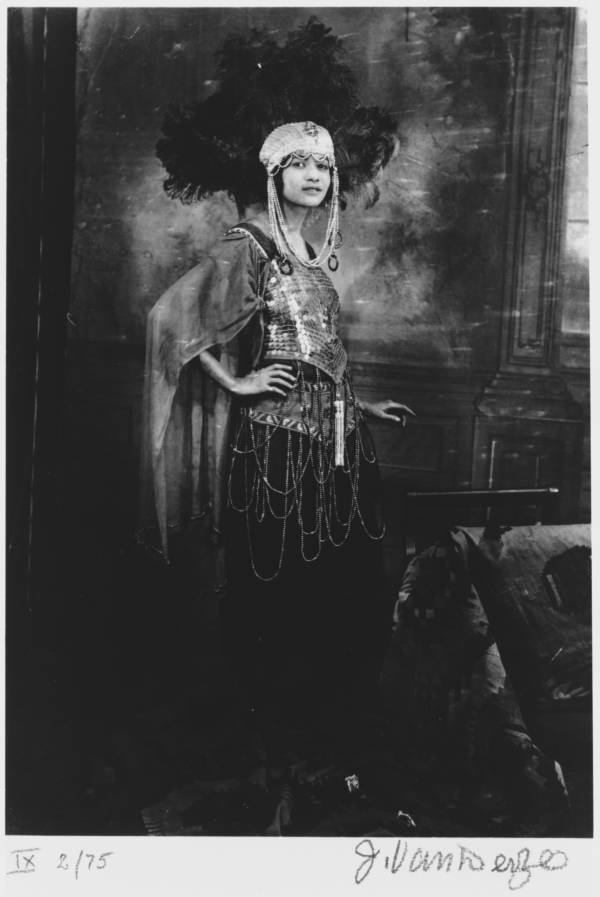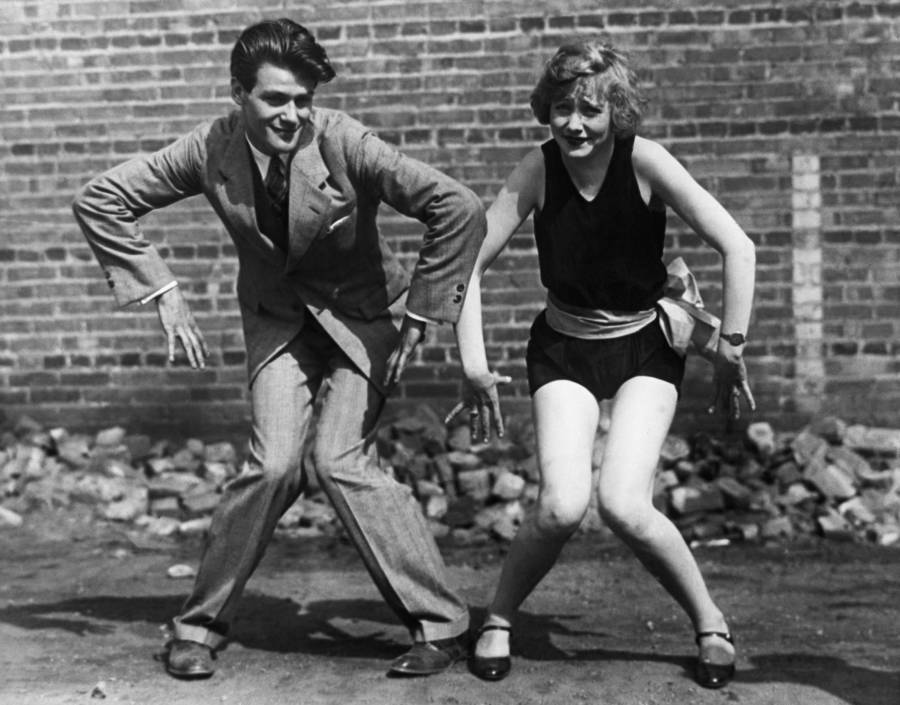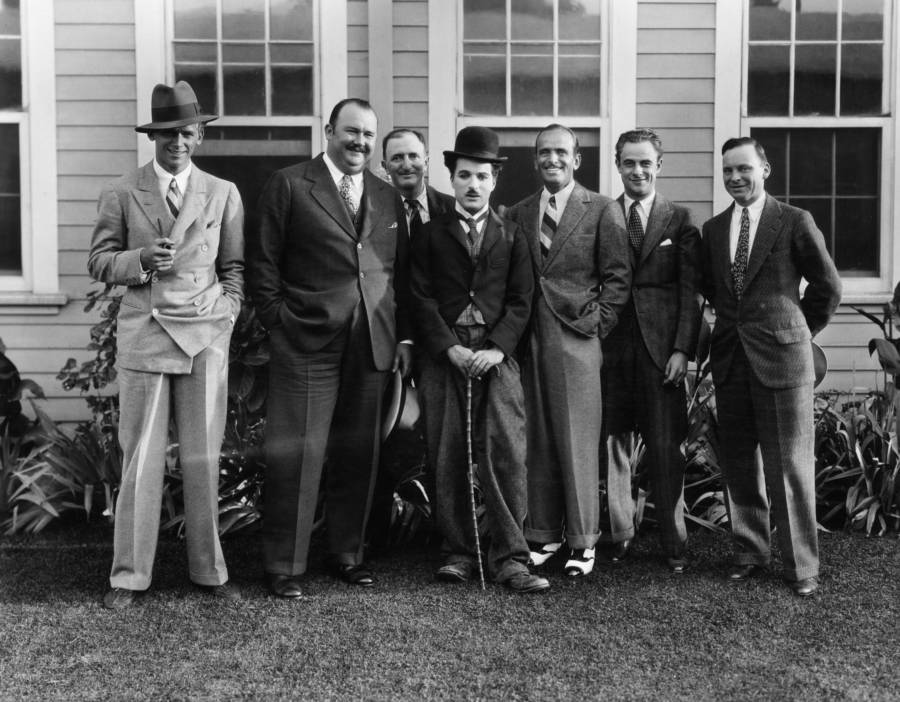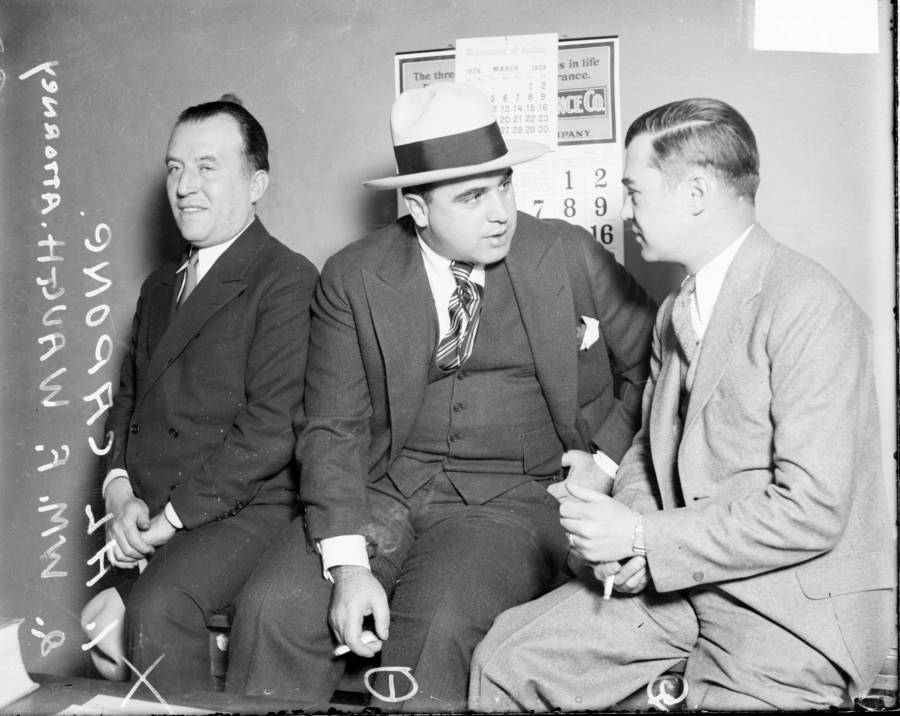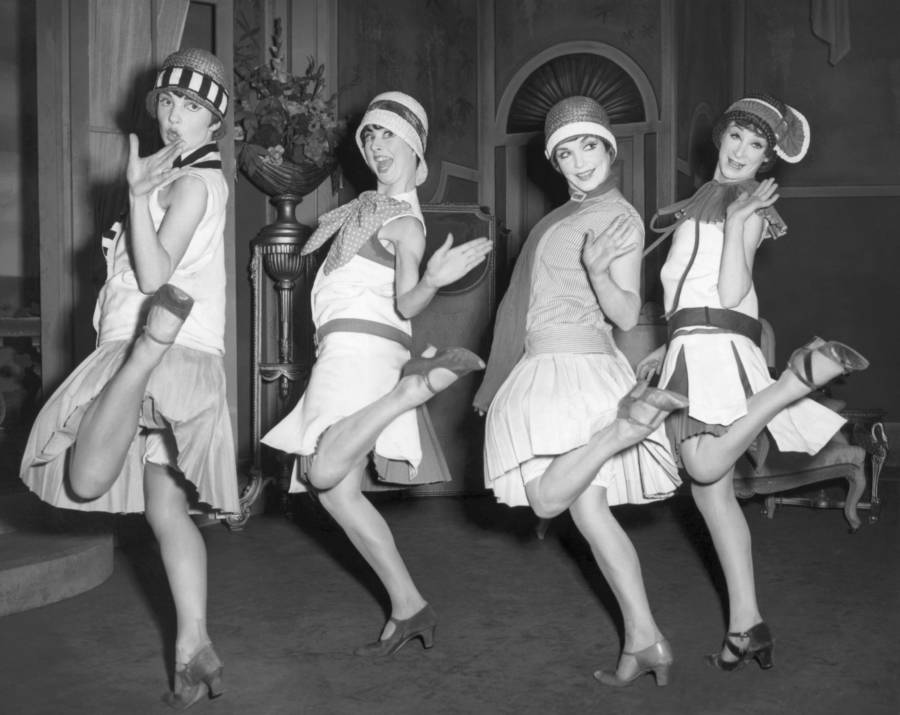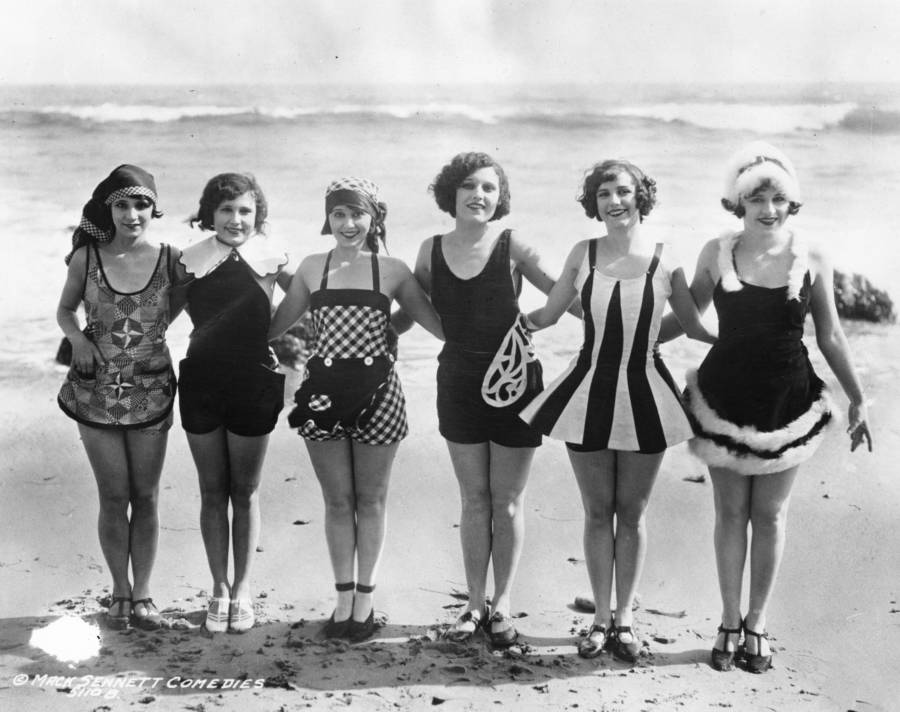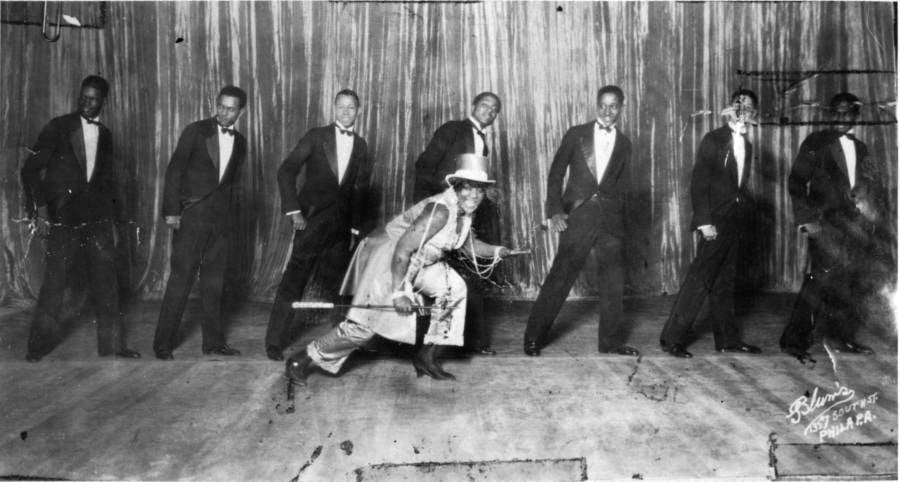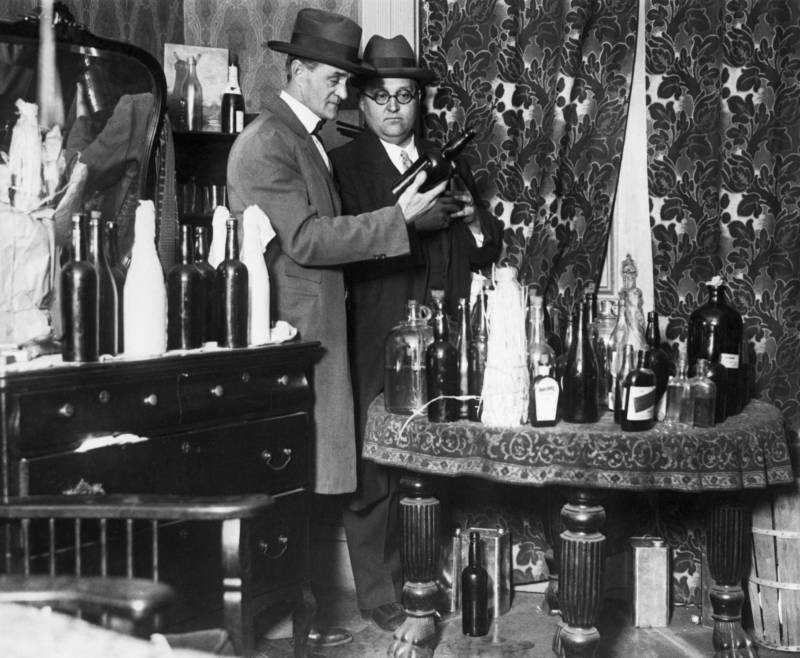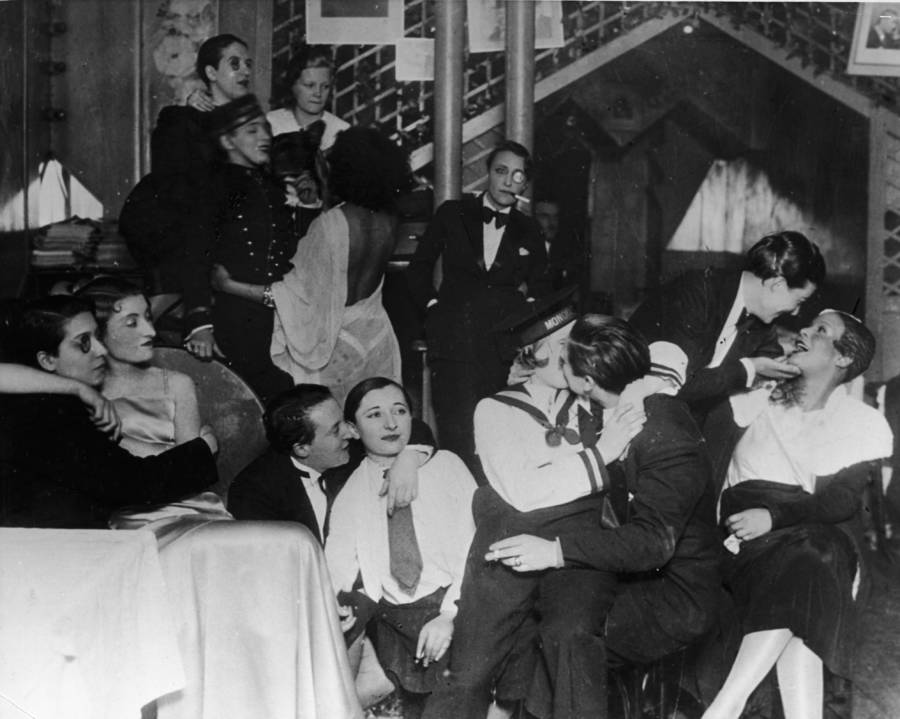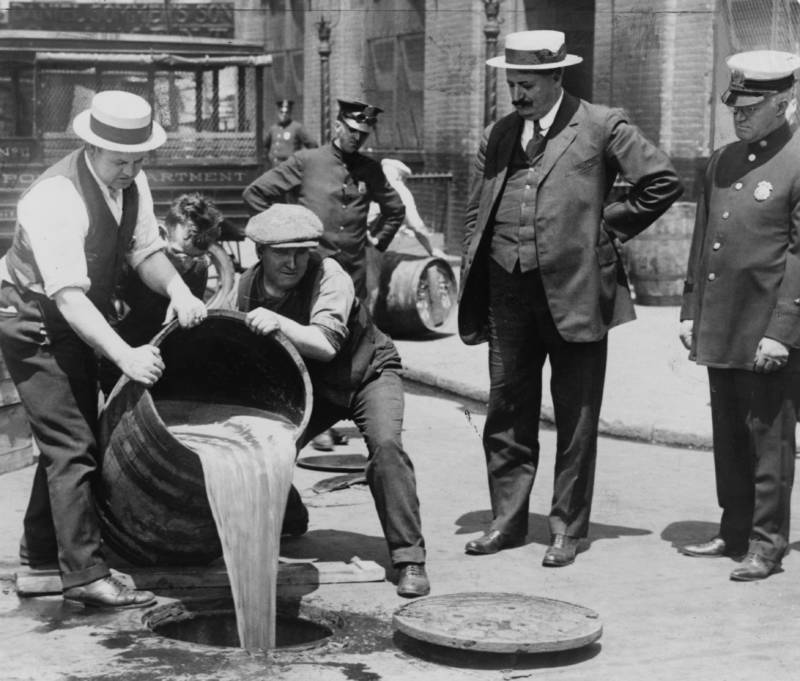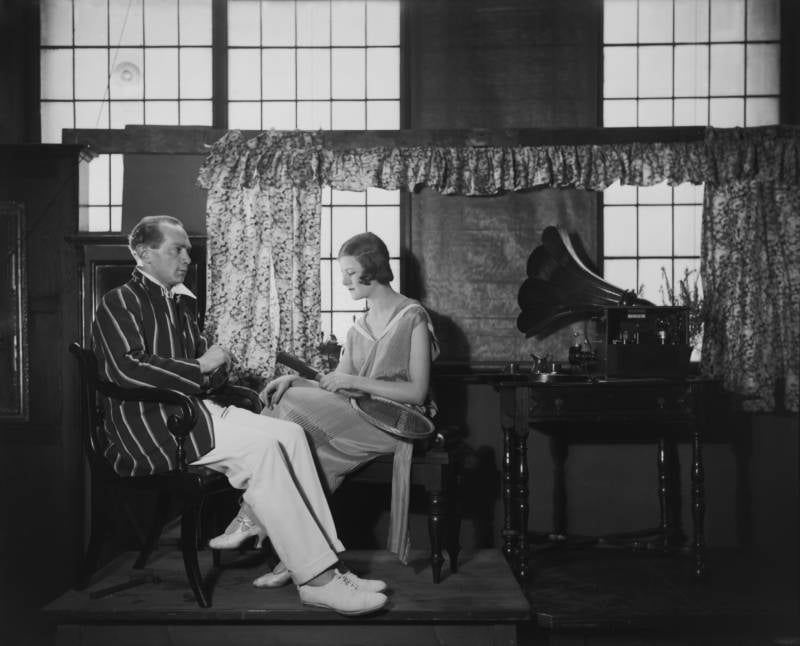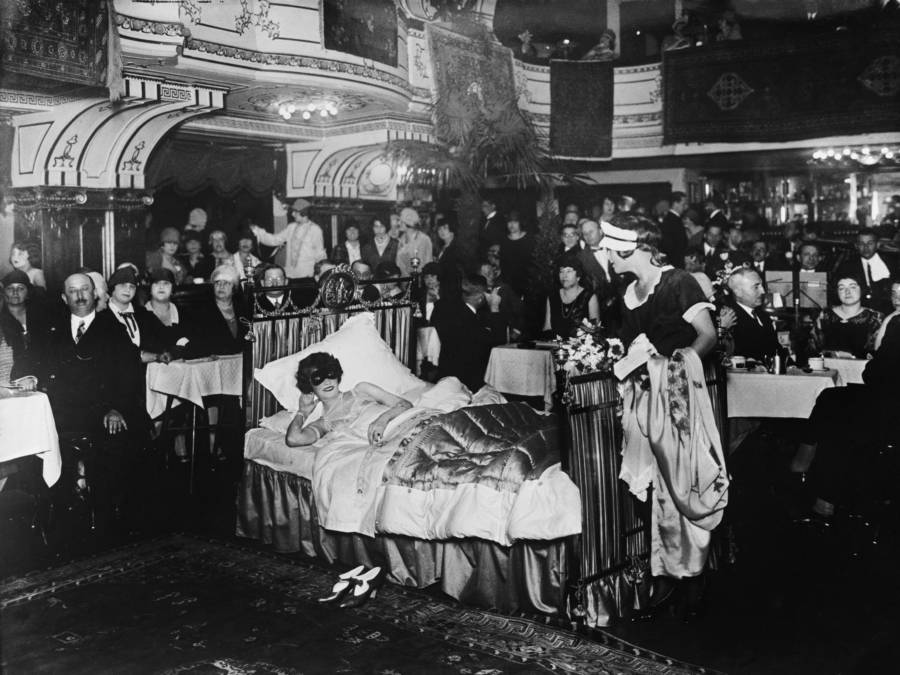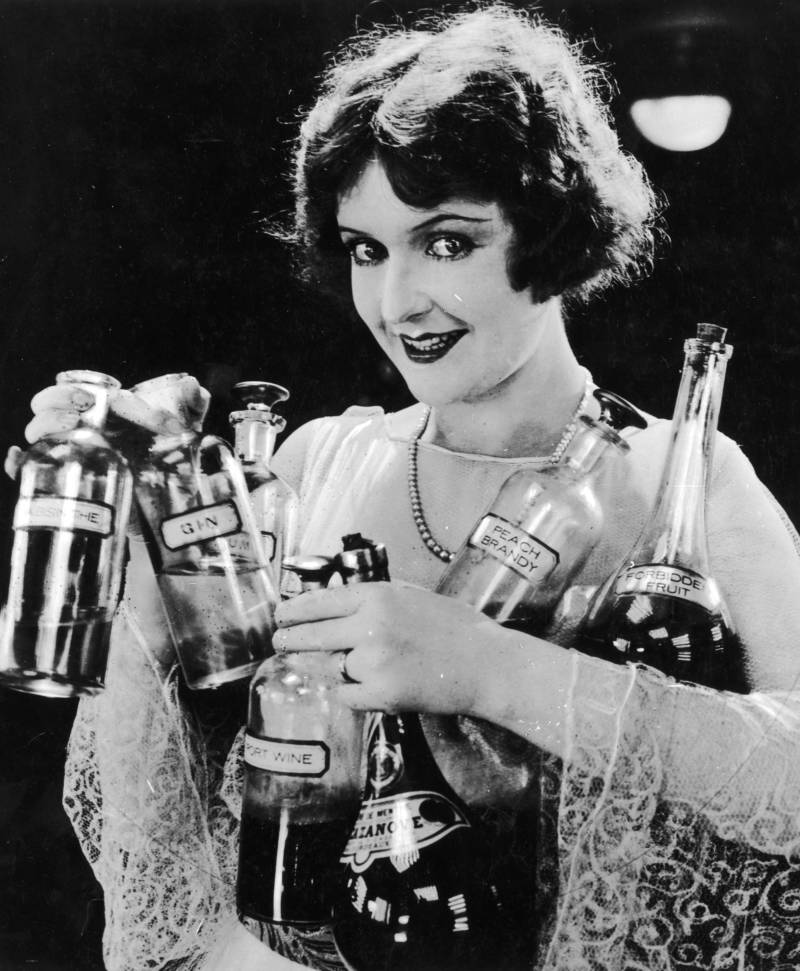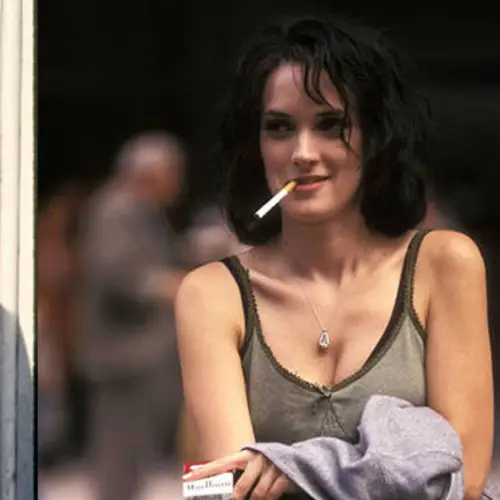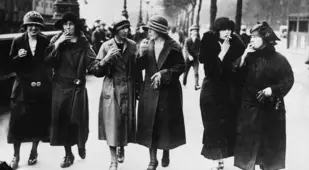The Roaring Twenties proved to be something of a paradox. At the same time women enjoyed more freedoms and danced in the Jazz Age, there were those who pushed for Prohibition-era restrictions.
The Roaring Twenties definitely has a reputation. Based on the name alone, the Jazz Age seems like a pretty fun time to be alive. However, it was a decade fraught with conflict between old and new schools of thought. Post-war ideals about immigration, religion, piety, and sexuality were all on contested.
As is usually the case, one facet of society desired a different way of life than the rest. In the case of the 1920s, the older majority pined for the post-war "return to normalcy" that Warren G. Harding promised. In contrast, young people shunned the rigid Victorian lifestyle in favor of independence, open-mindedness, and decadence.
"People over forty can seldom be permanently convinced of anything. At eighteen our convictions are hills from which we look; at forty-five they are caves in which we hide."
Often the stereotypical vision of youth in the 1920s is the flamboyant, bob-haired flapper girl, but there was also those of whom after World War I ended desperately balked against this vision and instead looked to increase the country's morality. As one way to stop crime, corruption, and abuse, a variety of groups managed to make it illegal to produce, transport, or sell alcoholic beverages.
But not even Prohibition could quell the desires of 1920s youth:
"The parties were bigger, the pace was faster, the buildings were higher and the morals were looser."
Flappers: A Roaring Twenties Gender Revolution
The 1920s were overall a freeing time for women as they earned the right to vote on August 18, 1920 and continued their involvement in the workforce. However, women also began testing the waters of a new form of freedom — their own bodies. With higher hemlines, women found themselves able to ride bicycles, in stark contrast to the heavy Victorian dress which was limiting to their activities.
Zelda Fitzgerald — the inspiration for husband F. Scott's heroines — was an icon of flapper feminism and a proponent of the era's risque dances. A celebrated writer and dancer herself, Zelda had a flair for glamour and the dramatic and was dubbed by F. Scott as "the first American Flapper."

Kirn Vintage Stock/Corbis via Getty ImagesFour women lined up along a wall, chugging bottles of alcohol, circa 1925.
The overall epitome of flapper fashion; the boyish bob haircut, straight silhouette, and cloche hats, didn't fully cement until the mid-twenties. However, a general association with the unconventional followed the term flapper from very early on. Not only in term of dress, however, as in the 1920s both divorce rates and premarital sex saw a sharp increase due to women's newfound freedoms.
With great freedom comes great responsibility; it wasn't all dancing and drinking for women in the Roaring Twenties. When flapper culture idolized boyish figures and did away with corsets, eating disorders increased and throwing off the shackles of the patriarchy often meant choosing individuality over sentimental wants like marriage or being a mother.
Prohibition
Meanwhile, new restrictions on society were being made in the wake of women's liberation. On January 17, 1920, at 12:01 AM, the United States technically went dry. At 12:02 AM, alcohol-based crime increased at a rate that wouldn't end until prohibition did: Dec. 5, 1933.
Legally, pharmacists could still prescribe whiskey for ailments. The number of pharmacists tripled. Clergymen could lawfully secure wine for their congregations and coincidentally, a lot of people 'found God' during prohibition.
The American grape industry sold juice concentrate with 'warnings' of how it could ferment and turn to wine if left out too long. Hardware stores still sold distillery equipment and local libraries housed books of instructions on how to use it.
A law that intended to keep people from consuming alcohol instead turned people into covert experts at procuring and making it.
Illegal alcohol trading soared during the Roaring Twenties. Black market booze, bootleggers, and bribes became the new normal. Consequently, corruption soared among law enforcement and prohibition officers. People drank poorer quality liquors in greater quantities and thus the annual deaths from tainted alcohol topped 1,000 each year during the decade.
Furthermore, prohibition became the catalyst for organized crime. When big-time players saw how much profit was in bootlegging and bribes, they followed the money.
"They had to become businessmen," said Howard Abadinsky, a criminal justice professor at St. John's University. "And that gave rise to what we now call organized crime."
The Great Migration Of The Roaring Twenties
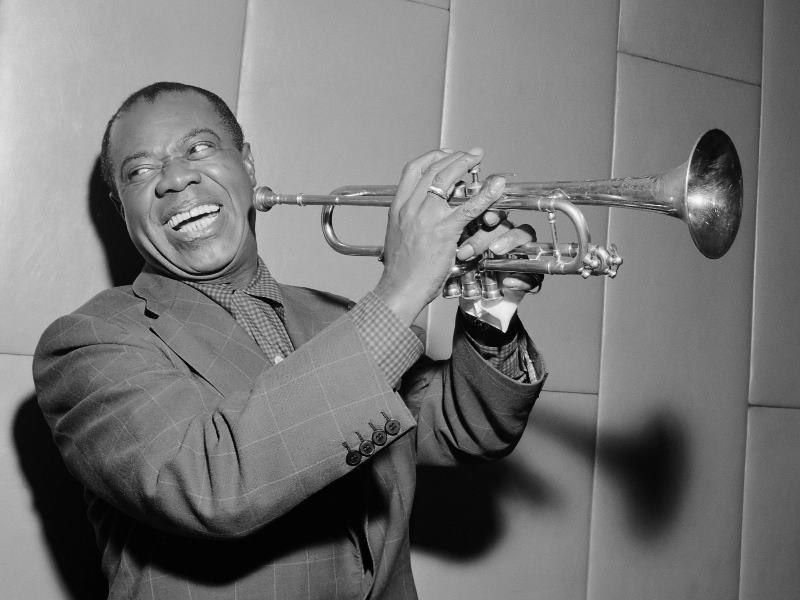
Wikimedia CommonsLouis Armstrong got his start largely during the Harlem Renaissance of the Roaring Twenties.
As rural youth flocked to metropolitan areas to become a part of the new culture, African Americans, in particular, left agricultural jobs in the south in favor of urban areas in the north and midwest. Initially, wartime jobs brought black Southerners further north — but in the post-war climate, they also looked to escape the racism and segregation so rampant in the south.
"The Great Migration was one of the largest and most rapid mass internal movements in history," wrote author Nicholas Lemann. "The migration meant leaving what had always been their economic and social base in America, and finding a new one."
As is to be expected of the time, this migration left many uneasy. White Southerners were concerned with their labor force dwindling. Recent immigrants in the north didn't like competition for jobs. The Ku Klux Klan represented a way for more conservative perspectives to hang on to their old "values," which consequently were precisely the ones the free-spirited Roaring Twenties were trying to squash.
Jazz Age musicians left the Mississippi Delta for Chicago, hoping for greater opportunities. One such musician, pianist Eddie Boyd said:
"I thought of coming to Chicago where I could get away from some of that racism and where I would have an opportunity to, well, do something with my talent. ... It wasn't peaches and cream [in Chicago], man, but it was a hell of a lot better than down there where I was born."
African-Americans struggled to adapt, but this struggle — coupled with some new freedoms — manifested into a creative boom for black culture.
The Harlem Renaissance
This creative explosion within the African-American population during the Jazz Age was known as the Harlem Renaissance. Many of the newly relocated black families from the South landed in Harlem as it had a plethora of vacant housing.
The Harlem Renaissance gave way to prominent black artists and writers like Aaron Douglas, Langston Hughes, Paul Robeson, W. E. B. Du Bois, Augusta Savage, and others. Artists like these gained national fame for their talents when the Harlem Renaissance was in full swing.
The Jazz Age In Full Swing
The music that incubated in, and then rocketed out of, 1920s Harlem was jazz. It was the soundtrack to speakeasies. The hypnotizing sounds enraptured outside white audiences and the music genre grew to define the decade. Novelist F. Scott Fitzgerald nicknamed the era "the Jazz Age".
A vibrant nightlife accompanied the favored musical genre; swinging dance moves took advantage of jazz's upbeat tempo. Establishments like the Cotton Club paved the way for many other venues of the time, like the Savoy in New York City and the Aragon in Chicago.
The Jazz Times reflected on the phenomenon of the Cotton Club, "Social rules were being rewritten, and in Manhattan, downtown was going up as white society and dollars poured into Harlem every night".
Greats like Louis Armstrong and Duke Ellington rocked the club audiences with their musicality, while skits and revues entertained them. Flappers and couples danced the Charleston, the flea hop, and the black bottom.
https://www.youtube.com/watch?time_continue=120&v=n5UnEB23YCI
Like many of the fun-loving aspects of the 1920s, the Jazz Age officially ended with the great depression — though Jazz music still enjoys tremendous popularity today. It seems good music just can't be kept down.
The End Of An Era
After the stock market crash that brought on the Great Depression, gone were the opulence of the Roaring 20s. Heading into the 1930s, life became about the business of survival.
Nonetheless, the 1920s had bridged an important gap in women's rights. The Roaring Twenties created the ability for women to forge their own path in life. Prohibition, the miserable failure of a social experiment, revealed what happens to a country when their leaders try to legislate morality. Victorian ideals were thus banished while jazz played on in the background.
After this look at the Roaring Twenties and the Jazz Age, check out these amazing women of the Ziegfeld Follies. Then experience the Great Depression of the 1930s in color.
